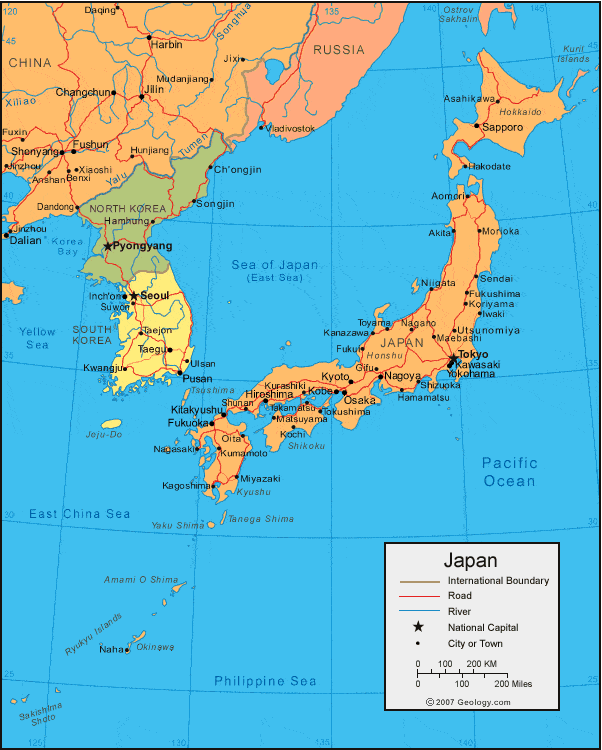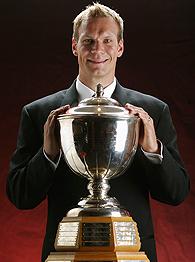
Before I start talking about this movie I have one thing to say: If you are tall and you wear a hat in a movie theater that makes you even taller you, my friend, are a douche. Thank you.
To a certain extent
The Assassination of Jesse James by the Coward Robert Ford seems to be one of those movies that people either love or hate. As far as I can tell critics either think it's a failure or they think it's a near-masterpiece. I'd say it's rather closer to the latter.

The critics who dislike it say that it can be boring and filled with lacunae where nothing happens. Some said the same about the beginning of
Brokeback Mountain. I understand where they're coming from with this, but I didn't see it then and I don't see it now. Kenneth Turan of the Los Angeles Times writes, "Partisans will argue that without the leisurely tedium of 'Assassination's' first two hours this involvement would not have happened, but that is the voice of excess speaking." I wouldn't argue that at all. I would argue that in the beauty of the setting, the stillness and wide open space that is juxtaposed with violence and fear, there is no tedium to begin with.
Other criticisms include hard to follow accents (they weren't), bad acting (inexplicable, but then it's the resolutely anti-intellectual
New York Post), pretension (true, in rare parts), and imbalance (also true--the beginning
could have been shorter and the ending longer).
There does seem to be general agreement that the cinematography is beautiful. And that is very, very true. I could just watch this movie, with no sound, no plot, just the gorgeous scenery. The snow and hard ground, the clouds rolling across a giant sky, the grain blowing in the wind, the smallness of humans and civilization in this vast and harsh landscape. It's a setting that is quintessentially American, and also what I assume Kant would have described as the "terrifying sublime," provoking not only pleasure but also fear, or a sense of dread and melancholy.
The homosocial nature of much of the film is also quintessentially American. Women are generally unimportant and marginalized in the making of American mythology. It is therefore appropriate that the movie is centered upon the relationships between men. There are women present at times, yes, but as in
Moby Dick and
Huckleberry Finn, these women are largely a footnote in the story. Everything that really matters in the movie can be seen in the brilliant assassination scene. Three men in a room, a reflection, an acknowledgment of inevitability, the ties that bind these men together.

Ford wants to be James's sidekick. He desperately wants his friendship and approval--in one scene he painfully elaborates on the similarities between James and himself. Even if James wanted such a relationship with the fawning and unlikeable Ford--and occasionally, as when he presents him with a new gun, he seems to--he's too unstable to sustain it. Thus thwarted desire and disappointment are molded into anger and resentment. It's the dark side of a relationship you see again and again in literature, movies, and perhaps most particularly, comic books, which share many features with the Western.
The reviewer in the
New Jersey Star-Ledger writes, "Ford was dumb enough to confuse fame with infamy. He couldn't figure out shooting an unarmed murderer in the back only made the murderer a hero." I don't see that as the point of the movie, nor do I think that shooting James in the back made Ford dumb. And I don't think that most twenty-year-olds, no matter how smart, would have made that distinction, particularly in the rather less pop-culture-and-celebrity saturated 19th century. The movie is a commentary on fame, certainly, but I don't think it's a commentary on Ford's stupidity. Fame would be far less pernicious if it were merely the creation of stupid young people.
Anyway, the murderer was a hero before his death. The appeal of Jesse James wasn't that he was shot in the back--he was famous long before that--but that he was, in many ways, a quintessential American hero. In
Studies in Classic American Literature D.H. Lawrence wrote about the, "myth of the essential white America." Lawrence's understanding of America was far different then the story we tell ourselves. He wrote, "the love, the democracy, the floundering into lust, is a sort of by-play. The essential American soul is hard, isolate, stoic, and a killer. It has never yet melted." Lawrence understood that we don't make heroes or myths out of kindness or gentleness or love. That America's great literature revolves around blood and violence and horror. The character of Jesse James, prone to rages and violence, paranoid, cruel, yet still a family man who loves his children, is exactly the sort we love and mythologize. It's not a tragedy that James was shot in the back. It's not a tragedy that he dies. He's an unstable murderer. And yet, in the context of American culture James can be nothing other than a hero and a legend.
The movie isn't perfect, and it isn't a masterpiece, but it is a psychologically acute, literate, and evocative exploration of fame--the way in which it poisons those who worship it and destroys those who have it--that speaks directly to our obsessive fascinations. In it's authentic depiction of the West, built through the slow accumulation of layers of detail, it taps into something quintessentially American, which has always struck me as the
raison d’être of the Western.

























